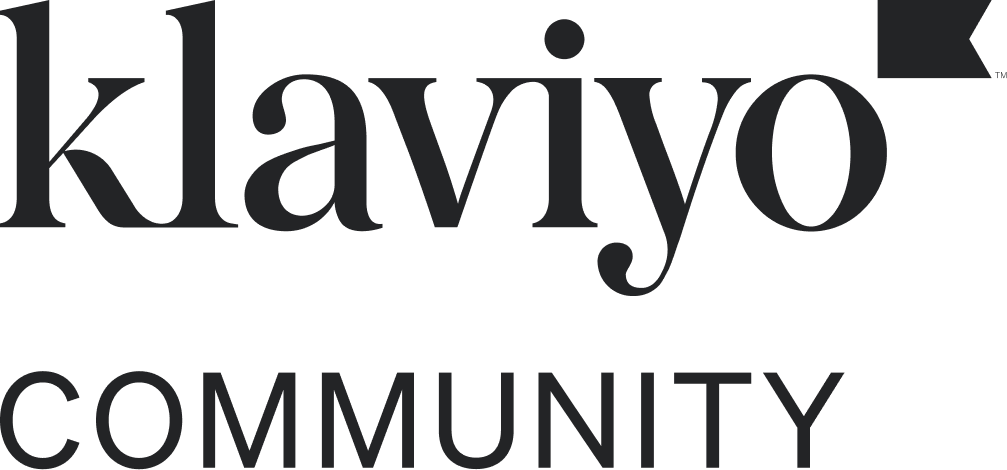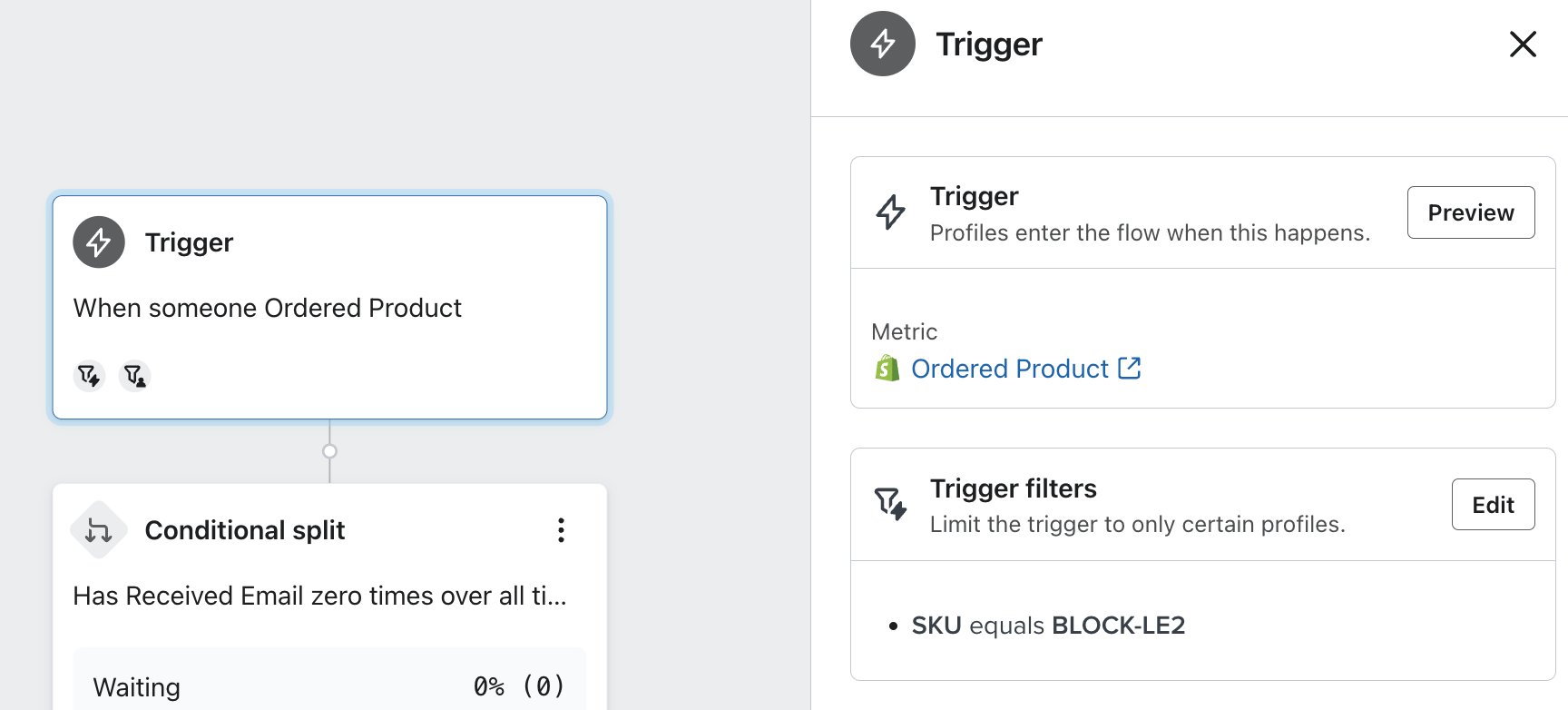If you have an ecommerce integration added to your Klaviyo account, you’ll see both Placed Order and Ordered Product events in your account. But what is the difference and why does Klaviyo include both?
Placed Order
Every order in your e-commerce store will generate one Placed Order event for the entire order. This event will include all line items, the value of the order, the categories or collections the products are from, item count, and other important information that pertains to the entire order. Placed Order value will equate to the total order value, including shipping and any applied discounts.
Ordered Product
On the other hand, Ordered Product events occur for each individual item ordered. These events don’t include information about the overall order, but have more detailed information about the individual item purchased, such as sku, or different variations and product attributes. The information included in this event will vary based on your ecommerce platform.
If a customer orders one product from your shop, you will see one Placed Order and one Ordered Product event. However, if another customer orders 3 different products from your shop, there will be one Placed Order event and 3 Ordered Product events. The Ordered Product value will equate to the total value of the item purchased, with no shipping costs or discounts included.
Why Both?
Having both event metrics allows you to look at your data in different ways and trigger different flows. Placed Order is great for look at order level data, understanding average order value, and triggering Order Confirmation emails. Ordered Product is good for understanding which products are most popular and creating product specific cross-sell and up-sell flows.
Have any other questions about these two metrics? Post them below and let’s discuss!



![[Academy] Deliverability Certificate Forum|alt.badge.img](https://uploads-us-west-2.insided.com/klaviyo-en/attachment/505f2253-cde5-4365-98fd-9d894328b3e0_thumb.png)

![[Academy] Klaviyo Product Certificate Forum|alt.badge.img](https://uploads-us-west-2.insided.com/klaviyo-en/attachment/8798a408-1d98-4c3e-9ae8-65091bb58328_thumb.png)











